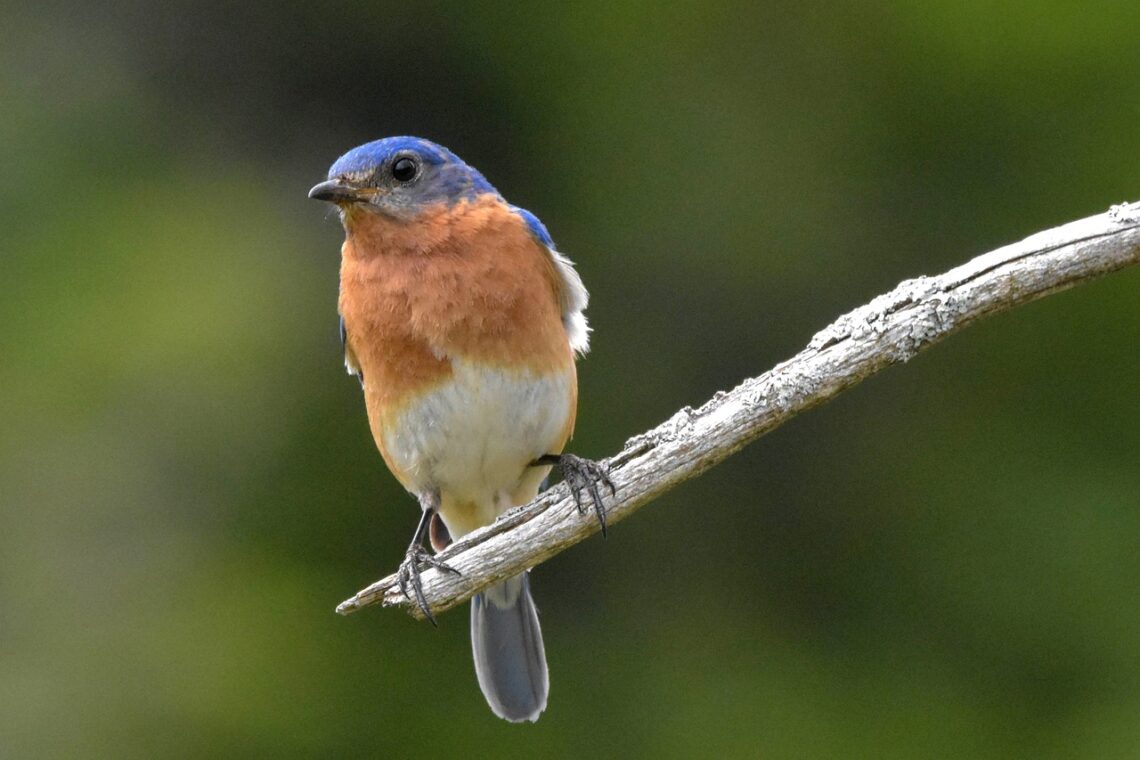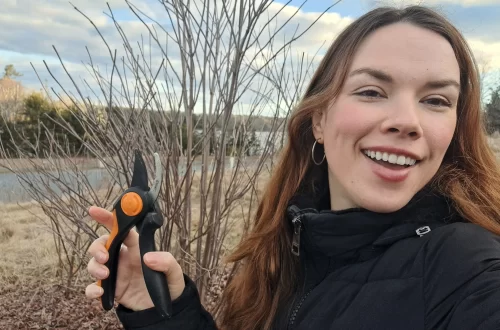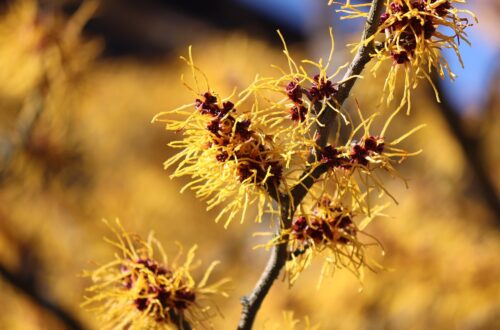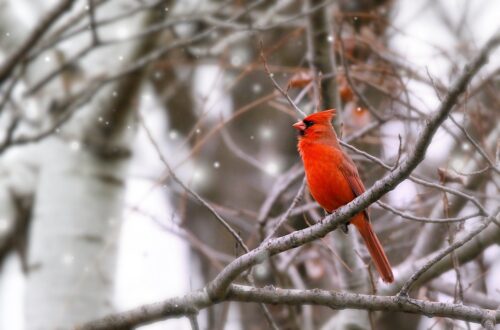Find out how to attract bluebirds and invite the “bluebirds of happiness” into your garden!
Brilliant blue bluebirds are symbolic of joy and happiness… perhaps because their arrival in spring signals the start of warm weather! In warm spots, bluebirds are year-round residents, but in cold areas bluebirds migrate south for the winter. Find out what attracts bluebirds, tips for placing a bluebird house, and how to enlist bluebirds for natural pest control in this wildlife gardening guide.
Affiliate disclosure: As an Amazon Associate, I may earn commissions from qualifying purchases.
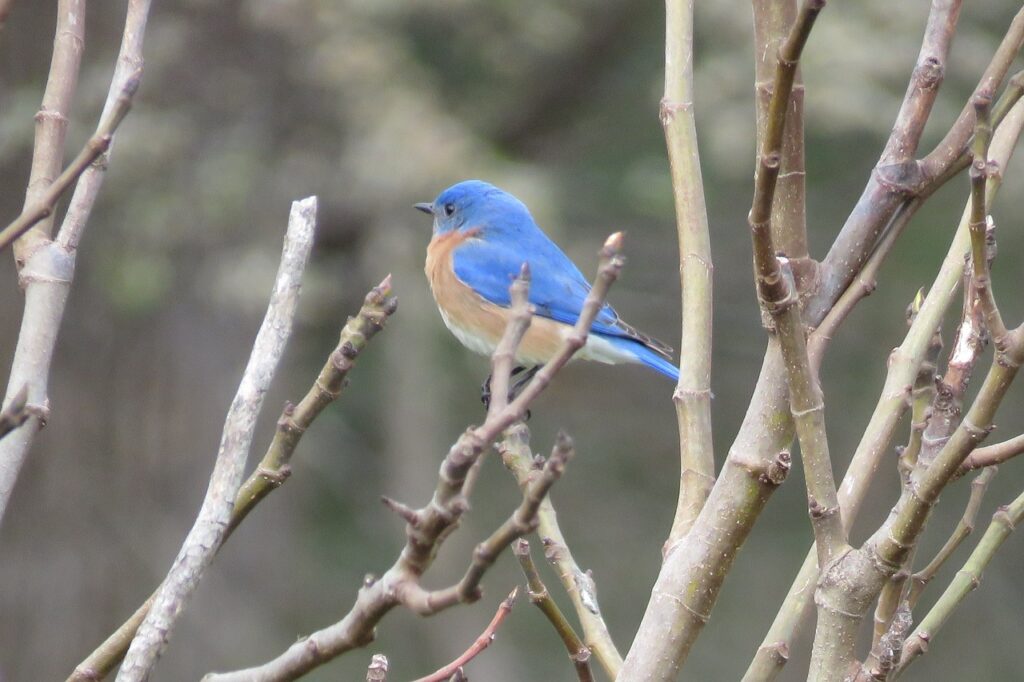
How to Attract Eastern Bluebirds
Bluebirds are closely related to thrushes, but they’re some of the most colorful birds to visit gardens and yards. While bluebirds can be frequent flyers in residential areas, they have very specific likes and dislikes and the foods and feeders that attract typical songbirds have no appeal to discerning bluebirds! If you want to see these colorful birds in action, keep the following tips in mind.
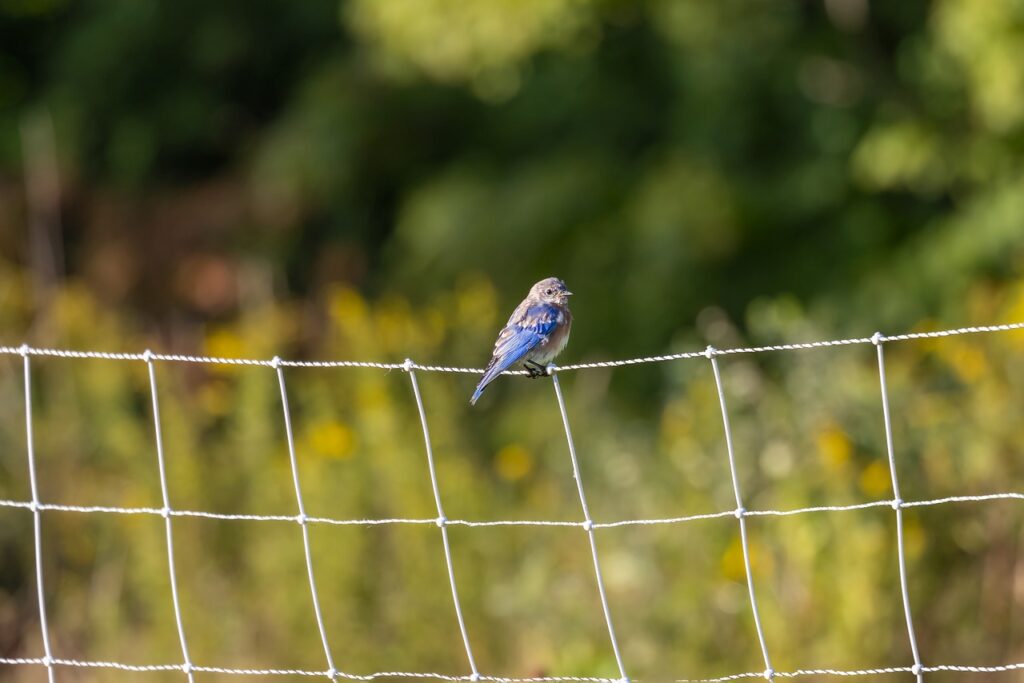
Cultivate wide open spaces.
Many birds flock to wooded and brush-filled areas, but bluebirds are particularly drawn to open, grassy spaces that are surrounded by mature trees. Keeping grass trimmed and cultivating native deciduous and evergreen trees around the perimeter of your garden can make your yard more attractive to bluebirds!
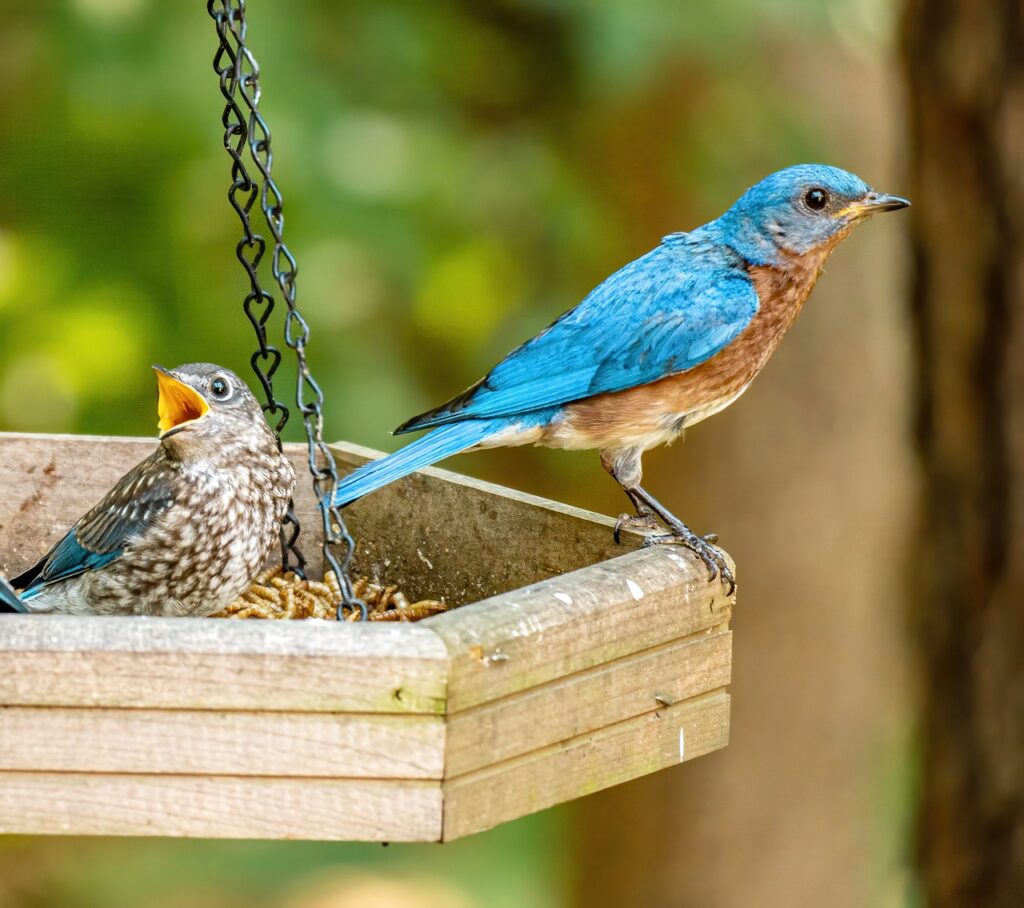
Provide the right bluebird food.
Finches love thistle seeds and crows love dog and cat kibble, but bluebirds are primarily insectivorous birds that have no real interest in seeds! Instead of filling up feeders with bird seed, try feeding bluebirds mealworms. Bluebirds love both live and dried mealworms, which can be offered on platform, dish or tray feeders for easy eating.
Aside from providing mealworms for bluebirds, you may also want to put out raisins, chopped fruit (like apples and blueberries), peanut hearts and suet.
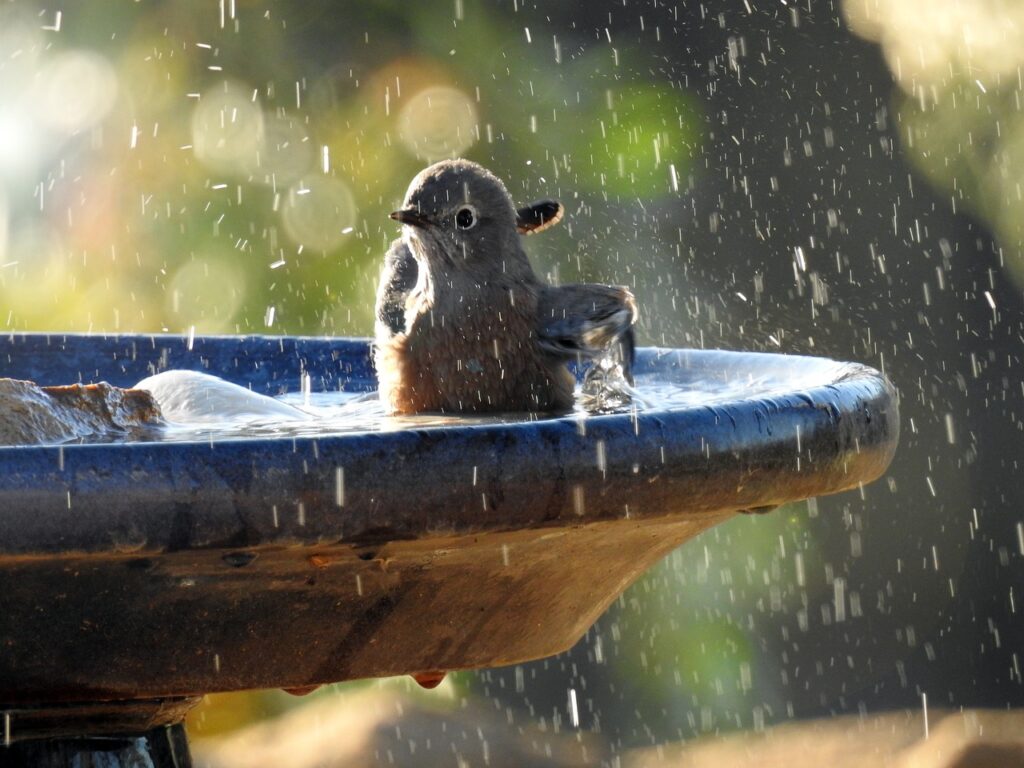
Put out a bird bath.
All birds need fresh water to drink and bluebirds are no exception! Shallow bird baths provide bluebirds with drinking water as well as a place to cool off during summer. To make baths more attractive to birds, install them near trees and shrubs, refresh the water often and clean them once a week.
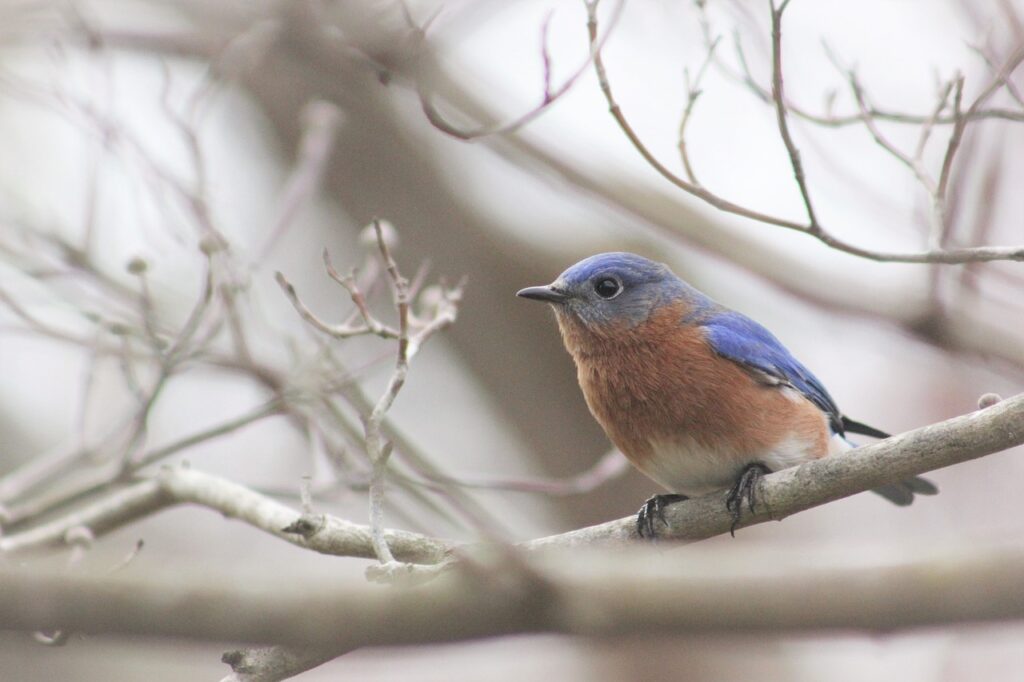
Keep snag trees.
Bluebirds are cavity nesting birds that often nest in old woodpecker holes and dead trees, aka tree snags. If it’s safe to do so, leave some tree snags in your garden and bluebirds and other wildlife may move right on in!
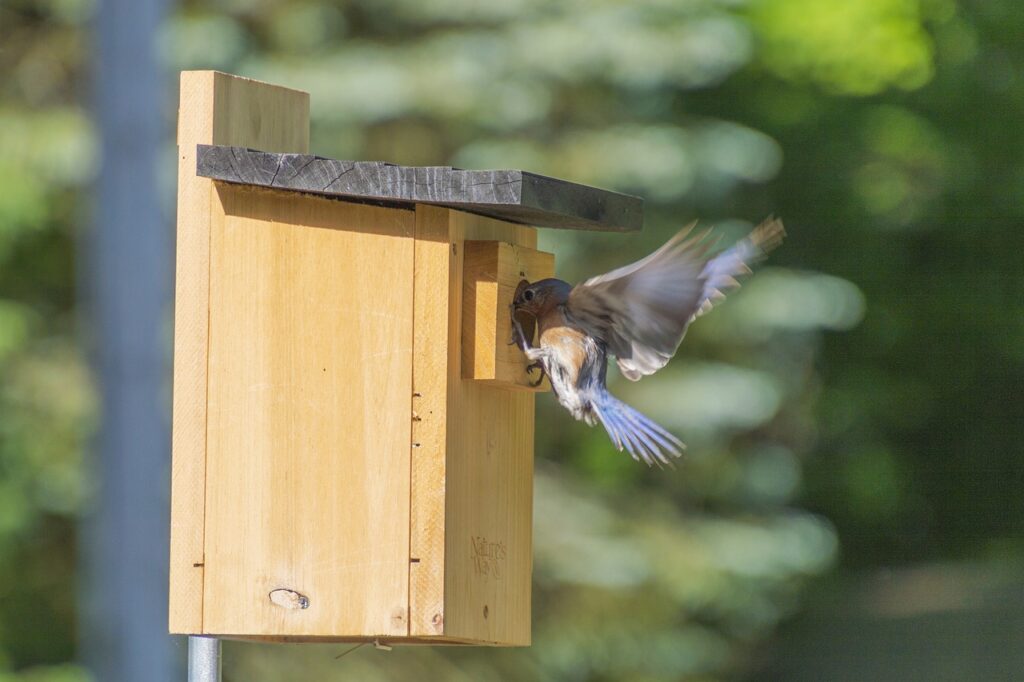
Install bluebird boxes.
While bluebirds will often nest in trees, they also take up residence in birdhouses and bluebird boxes. Bluebirds don’t like to nest in birdhouses that sway in the wind, so be sure to mount your bluebird house 5 to 10’ high on a stationary pole or another similar, sturdy structure. Adding a baffle to the birdhouse will keep raccoons and other predators from pestering bluebird nests.
Because bluebirds can be territorial, it’s best to space bluebird houses out as far as possible. Ideally, a single house or pair of bluebird boxes should be placed at least 300’ from the closest bird house. Boxes will also be more likely to lure bluebirds in if they’re placed in sunny locations.
Tip: In warm areas, bluebirds may start nesting as early as January or February, so it’s a good idea to leave bluebird houses up all year round. For bird safety, houses should be cleaned out after each brood of nestlings flies away.
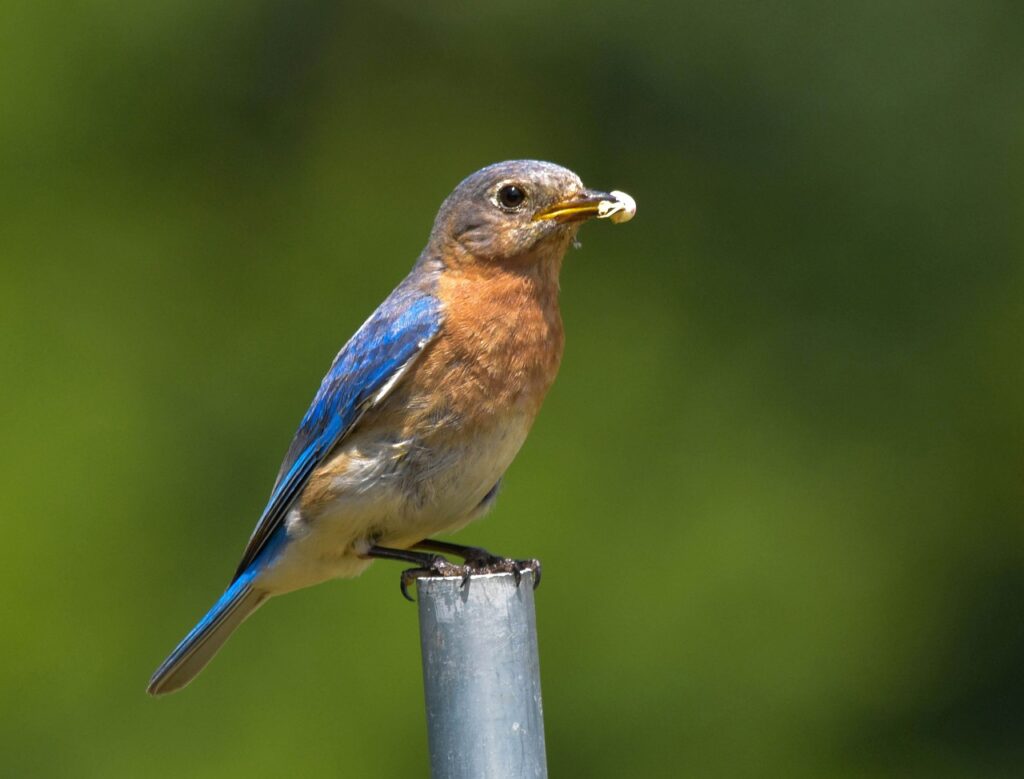
Add some perches (and roosting boxes).
Bluebirds have excellent eyesight and they can spot insect prey from at least 60’ away! But bluebirds will be much better at hunting garden pests, like cabbage loopers, grubs and grasshoppers, if you give them a nice perching spot to hunt from! Poles and fence posts that are about 3 to 4’ high will provide the perfect perch for bluebirds, but bluebirds can also guard your garden from tree branches and power lines.
If you live in a warm area where bluebirds live as year round residents, you may also want to install a roosting box in your garden for overwintering bluebirds. Roosting boxes are basically extra long birdhouses and they provide sheltered roosts for birds during cold weather. Bluebirds will often cluster together in roosting boxes for warmth, but other songbirds may roost in these structures too!

Grow native plants.
Bluebird diets change with the seasons. In warm weather, bluebirds mostly eat bugs, like caterpillars and grubs. However, during winter, insects are scarce and bluebirds rely more heavily on fruit and berries.
Growing native plants that attract insects, like asters, goldenrod, and black eyed Susan, can make your garden more appealing to bluebirds during summer. But it’s also wise to grow native plants that yield berries in fall and winter — like dogwood, American holly and staghorn sumac.
Tips: Flowering herbs (like dill, cilantro and parsley), yarrow and sunflowers can also be grown to attract insects for wild birds!

Offer natural nesting materials.
If your garden has a bluebird house and a tree snag, you’re well on your way to attracting nesting bluebirds. But you can make your garden even more irresistible to mama birds by providing natural nesting materials.
Human hair, strings and threads pose tangle hazards to birds and they shouldn’t be placed outdoors for nest building. Instead, grow fluffy native plants, pine trees and ornamental grasses, which are all used by bluebirds for nests. If you don’t have space for grasses and trees, offering pine straw and dried, natural grasses in an old suet feeder works too!
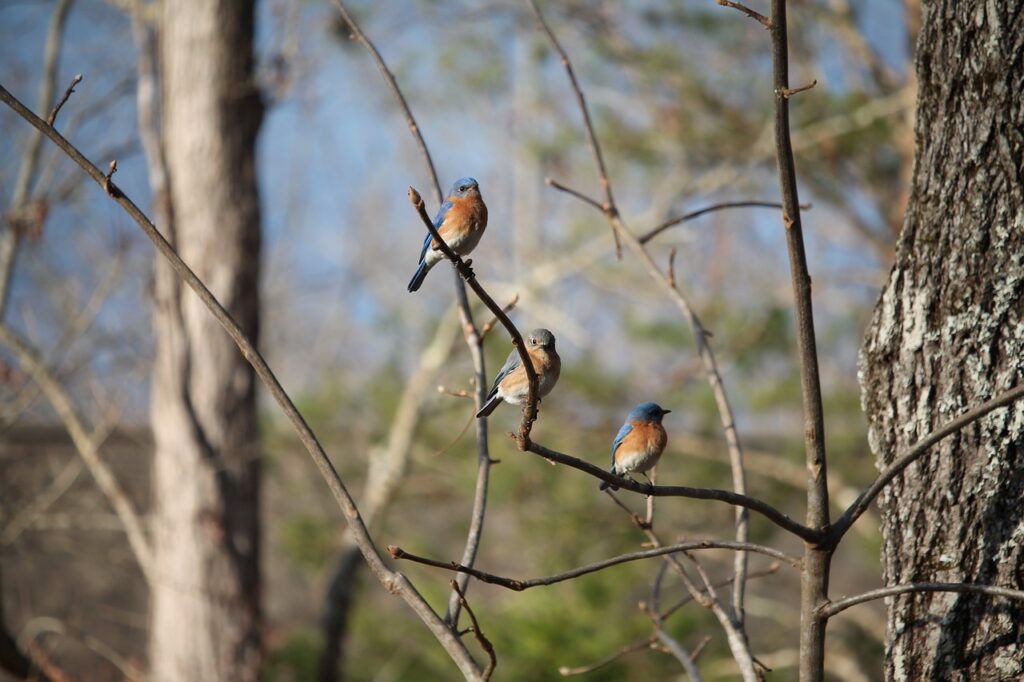
Make windows safer.
Clean and shiny windows look nice to human eyes, but they can be hard for birds to see. Adding anti-collision window decals or partially drawing blinds will make windows less of a safety hazard!
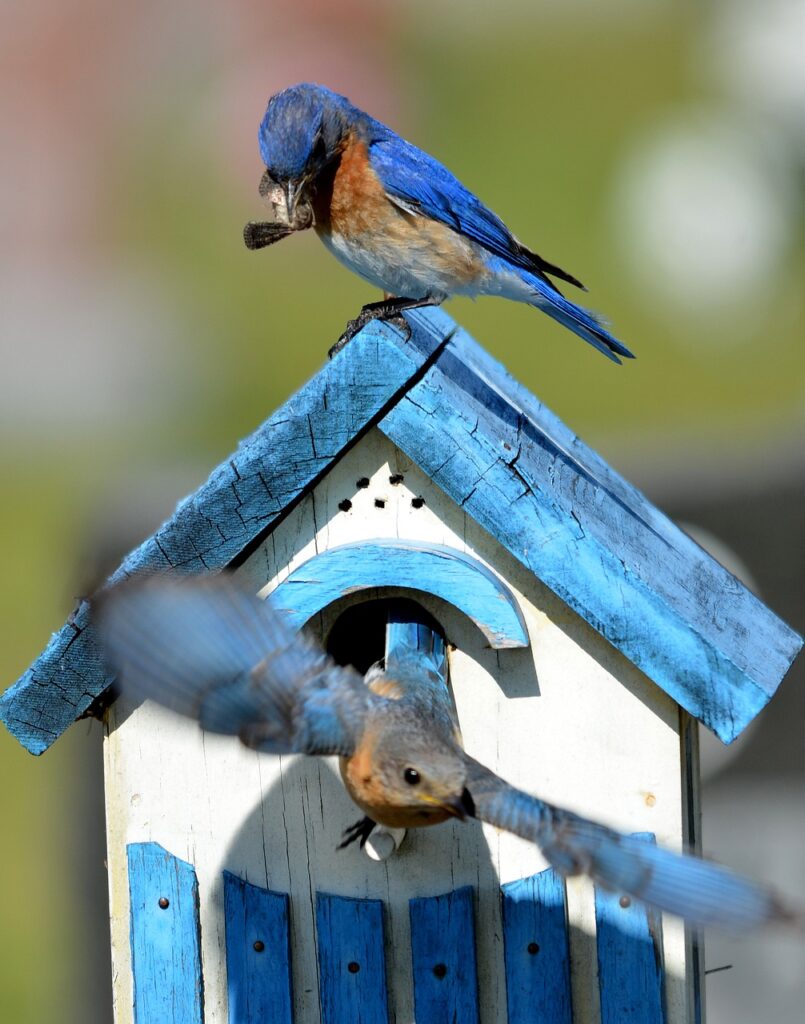
Go organic.
Bluebirds are helpful garden allies that gobble up garden insects before they eat ornamental and vegetable plants. But if you want bluebirds to keep your garden pest-free for you, it’s important to make your garden as safe for birds as possible. And since bluebirds are famously good at eating insects, that means using organic growing techniques whenever you can!
Insecticides don’t just harm insects. They also travel up the food chain and harm insect-eating birds, like bluebirds. Instead of reaching for a bottle of synthetic pesticide, try out organic gardening methods like:
- Crop rotation
- Companion planting
- Barrier methods, like floating row covers
- Growing pest-resistant plant seeds
- Soil solarization
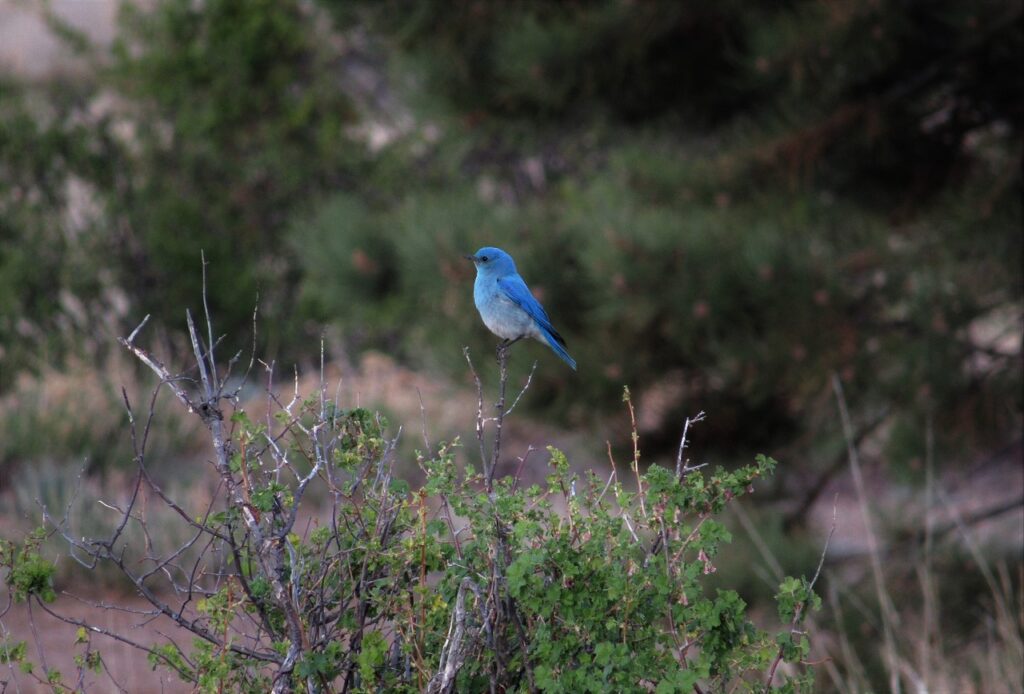
How Do I Attract Bluebirds and Other Frequently Asked Questions
How do you attract bluebirds to your yard?
Bluebirds are drawn to wide open spaces, but they also love eating insects. Installing platform feeders filled with mealworms and growing plants that attract insects can make your garden irresistible to bluebirds. And don’t forget to install a bluebird box for nesting!
Can I put a bluebird house on a tree?
Installing birdhouses on the sides of trees is not a good idea as many predators can easily scale trees and eat nestlings. Instead, mount bluebird houses on poles or another similarly sturdy structure.
What are the three types of bluebirds?
North America has 3 native bluebird species: eastern bluebirds, western bluebirds and mountain bluebirds. Eastern bluebirds are common on the East Coast and Midwest, while Western and mountain bluebirds are found in the Rockies and West Coast. Eastern and Western bluebirds have reddish-toned bellies, but mountain bluebirds have light blue bellies!
